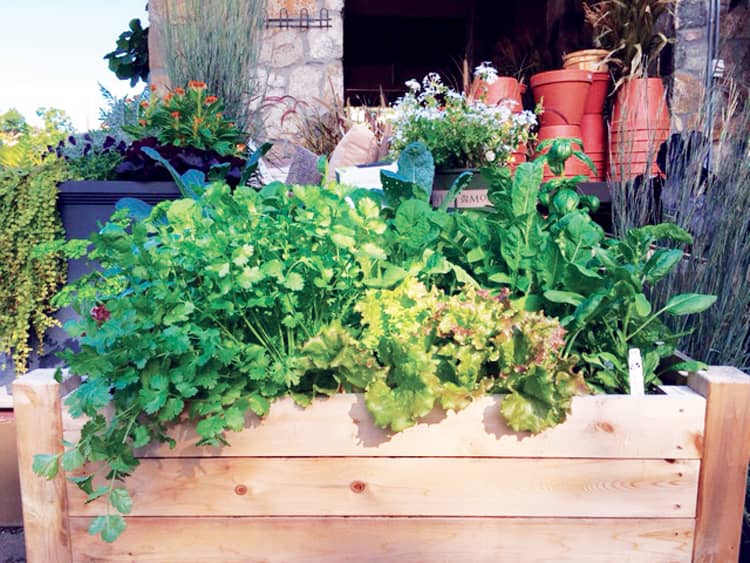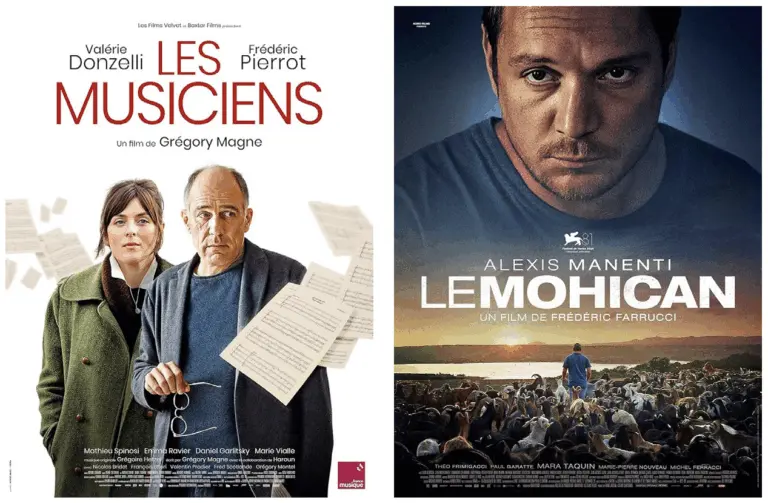
By Ken Brown
Container gardening is becoming more and more popular for a variety of compelling reasons. It’s perfect for beginners and experienced gardeners alike, affording a viable alternative for those who don’t have the inclination to plant in-ground, or for those who have space limitations making traditional gardening difficult, impractical or simply not feasible. Container gardens are easy to maintain, generally weed free, and can be conveniently moved to provide the best sunlight or shade conditions as required by the plants chosen. Remember what may be a shady spot in spring may be in much fuller sun mid-summer. Containers are also a great way to grow mint and other aggressive plants, so as to eliminate the possibility of having an unruly plant take over your garden. Additionally, containers can be raised up on tables or benches, to provide easier access for both adults and kids, and they can be placed in areas so as to help ward off pesky deer and other uninvited visitors. Following a few basic guidelines can make your foray into container gardening a successful and fruitful one.
Containers are produced in all shapes, sizes and materials, or can even be made from items you may already have in your home. Whether the container is made of wood, plastic, resin, fiberglass or other material, it is imperative that there be excellent drainage. Continually soggy soil and root system will surely and quickly lead to plant failure, which good drainage avoids. It is necessary to have a sufficient number of drainage holes on the bottom, or even low on the sides of the container to allow excess water to be discharged. It is helpful to use a screening device such as Drain Smart to cover the holes to prevent soil from draining out of the container onto the surface below, while still allowing water to drain properly. It is also beneficial to have the container itself slightly elevated off of the ground, with Pot Risers for example, to allow for sufficient drainage and increase container longevity.
in addition to good drainage, proper watering is also necessary for a successful container. As the container is a dramatically smaller space and ecosystem than in-ground gardening, it dries out more rapidly. As such, it needs to be watered more frequently, usually once a day in the heat of the summer. Even with adequate drainage, it is good to keep the soil moist but not flooded or soggy. It is best to water thoroughly, until the water starts to drain out of the drainage holes. You will get the hang of this after a few waterings, as you can observe the drainage efficacy of your own containers, and by checking the soil to feel it’s moisture content.
You can use a variety of growing media in your container, but you want to shy away from using soil from your garden, which is generally too heavy for a container, doesn’t drain well, and can bring in unwanted garden weeds, insects and soil diseases. A mix of 2/3 organic Espoma Potting Soil and 1/3 Lobster Compost is an excellent choice, as it provides a light density for proper drainage and root growth, and affords built-in nutrients and fertilization. It is best not to use gravel, rocks or other inert material at the bottom of the container, which can restrict root growth, interfere with proper drainage and clog drainage holes.
As the container’s soil is continually flushed out by watering, it needs regular fertilization, generally about once every other week. Water soluble fertilizers work great to provide a quick release of nutrients to the plants. Some fertilizers are produced with organically sourced materials, such as Neptune’s Seaweed and Fish Fertilizer, an all natural product I’ve used with great results. The difference between fertilized, and non-fertilized containers, can be truly dramatic, providing faster growth and more bountiful harvests. However, too much of a good thing can damage a plant, so it is important to follow the directions found on the packaging to avoid over-fertilizing and to achieve the best results.
Different veggies and herbs require different container sizes. Small herbs and salad greens can be grown in 6 inch deep pots; beans, beets, carrots, eggplants, peppers, swiss chard, and patio tomatoes need at least an 8-12 inch pot; while a full size tomato plant needs at least a 12 inch container to accommodate its root system. If your container is larger, or is a raised bed table garden, you can, and should, plant more than one plant per container. However, don’t overcrowd them, as they will grow many times in size than the small seedling or seed you start with. The two photos of a veggie garden container I planted last year at the store, taken about 2 weeks apart, show the dramatic growth of the plants you can achieve in a very short time. Dwarf, bush or patio varieties of veggies work best in containers, but don’t be reluctant to experiment with different types of veggies and herbs that you like to eat. You can also use hanging baskets for trailing plants, such as cucumbers, strawberries or even cherry tomatoes.
By spending a few minutes preparing your container, choosing and planting seedlings, or seeds, and watering and fetiliizing, you can have your own “farm” to table experience from the early spring to late fall! This rewarding and easy way of gardening has growing options as varied as the wide number of veggies and herbs available, and is limited only by your space and imagination. Happy Gardening!
Ken Brown received a Master Gardener Certificate and has been an avid gardener and horticultural learner for many years. He has worked at McArdles Florist the last two years, where he is currently a Garden Center sales associate, helping people find the best plants, trees, shrubs and veggies for their containers and gardens.




